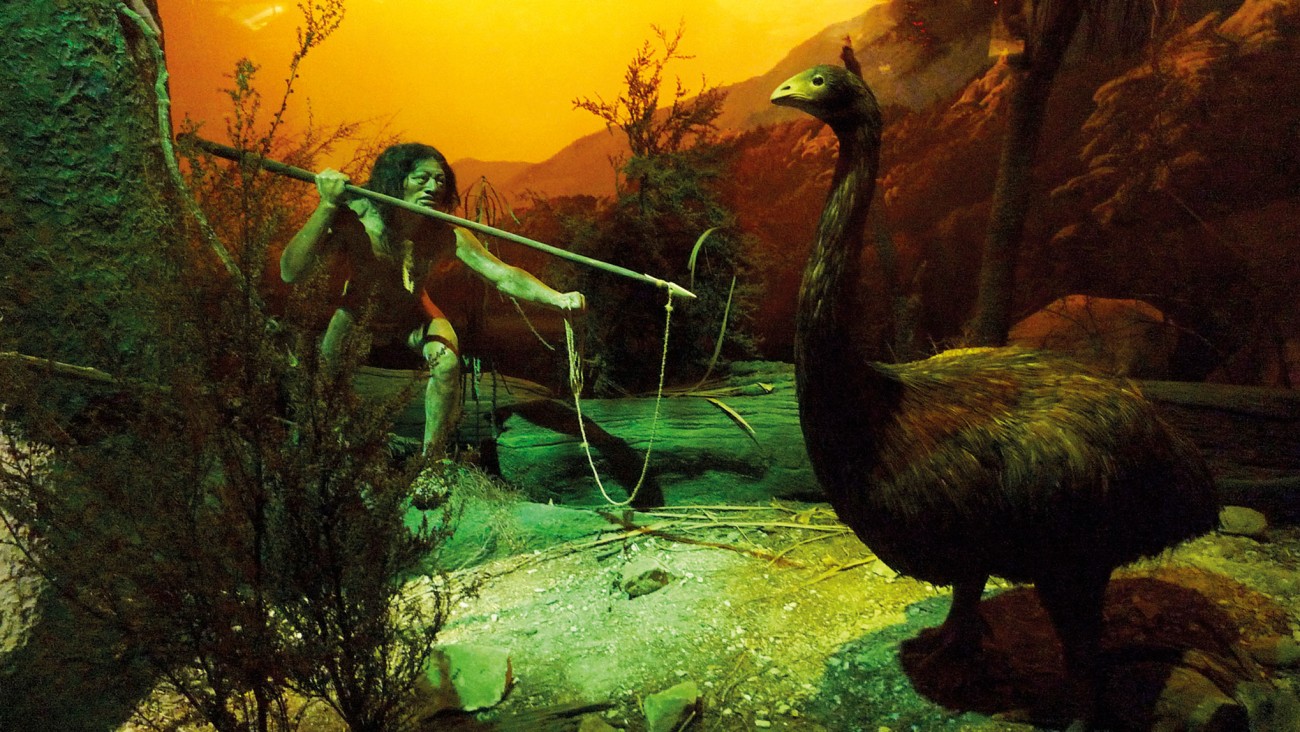todozoo.com – The moa, an extinct group of flightless birds, once roamed the vast landscapes of New Zealand, leaving behind a legacy of mystery and wonder. These towering creatures, which belonged to the Dinornithiformes order, were the dominant herbivores in their ecosystem, playing a crucial role in the ecology of the islands before their untimely demise.
The Rise of the Moa
The moa’s evolutionary journey began around 80 million years ago, during the late Cretaceous period. Over millions of years, these birds evolved into a diverse array of species, ranging from the small bush moa, which stood at about 1 meter tall, to the giant moa, which could reach heights of up to 3.6 meters. The moa’s closest living relatives are the kiwi and the emu, reflecting the unique evolutionary pathways taken by birds in the Southern Hemisphere.
A Diverse Menagerie
New Zealand’s isolation from other landmasses allowed the moa to evolve in the absence of mammalian predators, leading to a remarkable diversity in size and ecological niches. The eleven recognized species of moa occupied various habitats, from dense forests to open grasslands, each adapting to its environment with unique physical traits and behaviors.
The Moa’s Ecological Role
The moa played a significant part in the ecology of New Zealand. As primary consumers, they were crucial in the dispersal of seeds and the regeneration of plant life. Their large size and grazing habits also influenced the structure and composition of the vegetation, creating a dynamic ecosystem that supported a wide range of other species.
The Decline and Extinction
The arrival of the Maori people in New Zealand around 1280 AD marked the beginning of the end for the moa. Human hunting, habitat destruction, and the introduction of non-native species led to the rapid decline of the moa population. By the 16th century, the last of these magnificent birds had vanished, leaving behind a void in the ecosystem that would never be filled.
Legacy of the Moa
Although the moa are extinct, their legacy lives on. Fossil discoveries and ancient Maori artifacts provide insights into the lives of these birds and their interactions with the environment and human settlers. The moa’s extinction serves as a poignant reminder of the fragility of ecosystems and the importance of conservation efforts to protect the planet’s biodiversity.
Conclusion
The moa, giants of the lost world, remind us of the incredible diversity of life that once existed and the impact of human activity on the natural world. Their story is a call to action, urging us to learn from the past and work towards a future where all species, great and small, can thrive. As we continue to uncover the secrets of the moa, we are reminded of the rich tapestry of life that has shaped our planet and the responsibility we bear to preserve it for generations to come.
